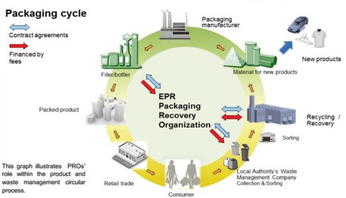Multi-layer Micro-structured Films
Presented by Kent Coulter, John Cernosek, and James Arps, Southwest Research Institute
Material multi-functionality is a key component in the development of smaller, lighter and more powerful devices for application in a broad range of frequency dependent environments [1]. One way to achieve this multi-functionality is to incorporate structure into a thin film device that has a frequency specific response for the material and a separate response to structure (i.e. visual transparency and microwave reflection). In particular, the pursuit of superior properties by synthesizing low dimensional architectures in engineered nanocomposites has led to a new class of materials called metamaterials that are being investigated as frequency selective surfaces, photonic bandgap structures, and negative index materials [2]. While this new class of materials and applications have been theoretically postulated since the 1960s [3-6], it has only been since 2000 that patterning processes such as lithography [7-9], nanoparticle assembly [10] and
nanofabrication [11] have progressed to the point of experimental demonstration. Commercial products and industrial processes to make these unique structures are under development at national laboratories [12], start-up companies [13] and large technology companies (IBM, Intel,) [14,15]. Structures have been built in the microwave and infrared regime but the immediate challenge is to fabricate composite structures that possess spectral gaps at frequencies up to the optical region [16]. In this paper, the theoretical principles, potential commercial fabrication processes, and commercial opportunities will be reviewed and the experimental approaches under development at Southwest Research Institute® are presented.
This post is for paying members only
SubscribeAlready have an account? Log in

